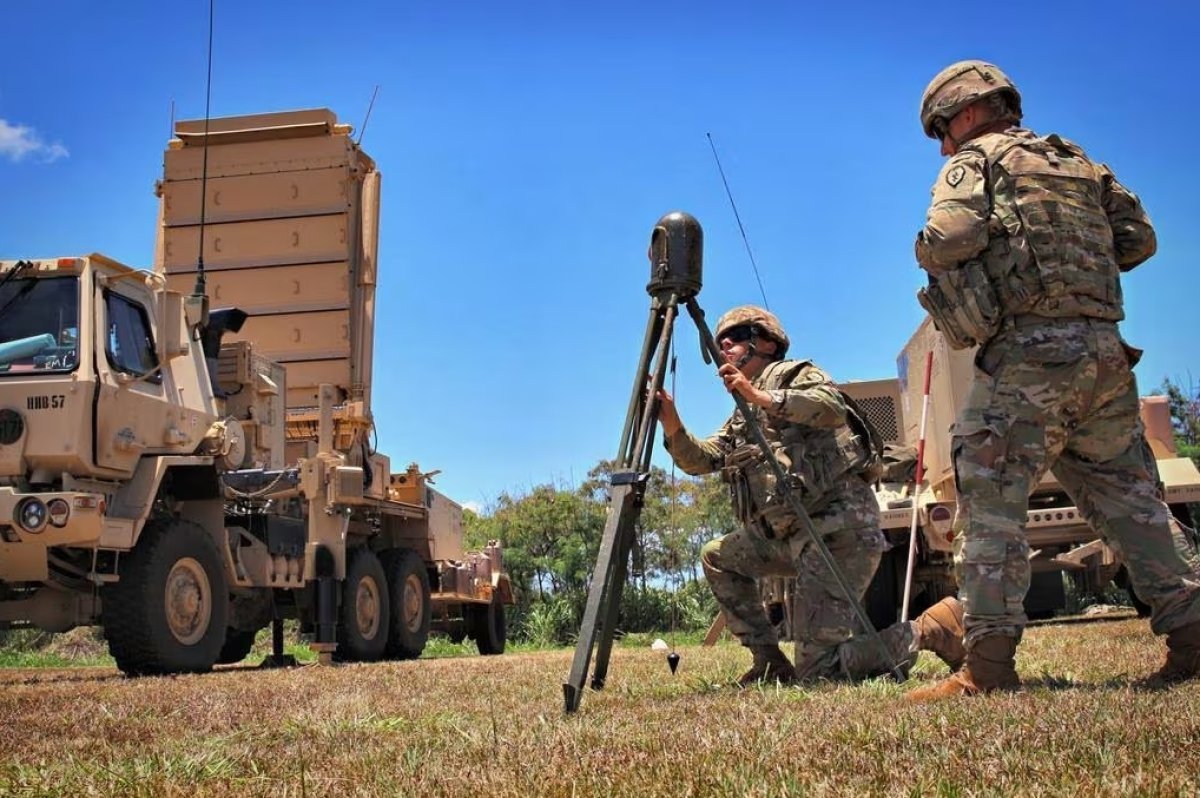Though its origin is tied to counterinsurgency operations, its future is shaped by competition and potential conflict with Russia and China.

Lockheed Martin plans to enhance the capabilities of its Q-53 radar, long utilized by the US Army to detect approaching rockets, artillery, and mortars, as reported by Sarbaz.kz citing DefenceNews.
Since 2010, the Q-53 has been used for detecting, classifying, and pinpointing indirect-fire threats. In recent years, it has undergone modifications with an increased range and demonstrated the ability to integrate into the Army's command and control system to aid in countering drones.
Replacing the older Q-36 and Q-37, the Q-53 employs an Active Electronically Scanned Array (AESA) and boasts high mobility. Its setup and disassembly take mere minutes.
To date, Lockheed has delivered over 190 radars to the army and other buyers. In March 2022, the company secured a $3.3 billion contract for Q-53 production, covering spare parts, services, and deployment in foreign nations where military sales are applicable.
During last year's trials at the Yuma Proving Ground in Arizona, the Q-53 integrated into the Army's Forward Area Air Defense Command and Control (FAAD C2) system, transmitting tracking data to counter the RTX Coyote Block 2 unmanned aerial vehicles.
It's worth noting that according to the Defense News Top 100 analysis, Lockheed stands as the world's largest defense contractor by defense-related revenues, estimated to earn around $63.3 billion in 2022. The company's Syracuse facility specializes in radars, other sensors, and electronic warfare systems.